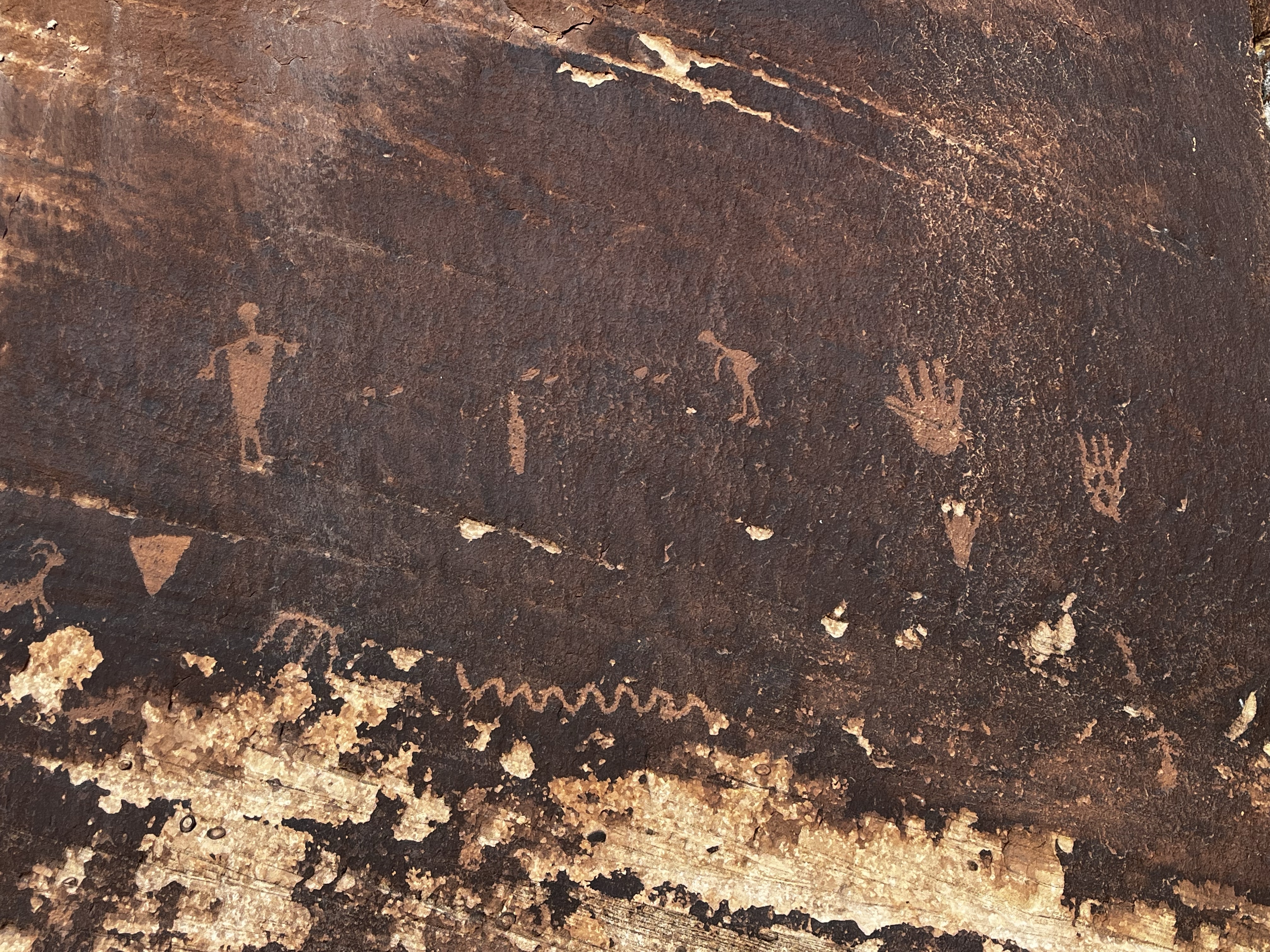Although once a hip and trendy book, few people today seem to read and connect with “Zen and the Art of Motorcycle Maintenance” by Robert M. Pirsig. First published in 1974, this philosophical novel celebrates its 50th birthday this year. My attempts at forming an anniversary book club within my family have been unsuccessful; only I have done the readings.
I read this book at the crag in Indian Creek, suffering through a sandstorm. Every time I come to the Creek I promise I’ll read at the crag – this past trip was the first time I’ve ever done so. Conversation in Indian Creek, when not being made impossible by howling wind blowing sand between your molars and into your cavities, consists of general ego stroking: “Oh you did that crack? Have you tried this crack? Someday I want to try this other crack!” And so on.
It’s tedious, and unavoidable.
In that context, this excerpt felt appropriate. What do you think?
Continue reading





